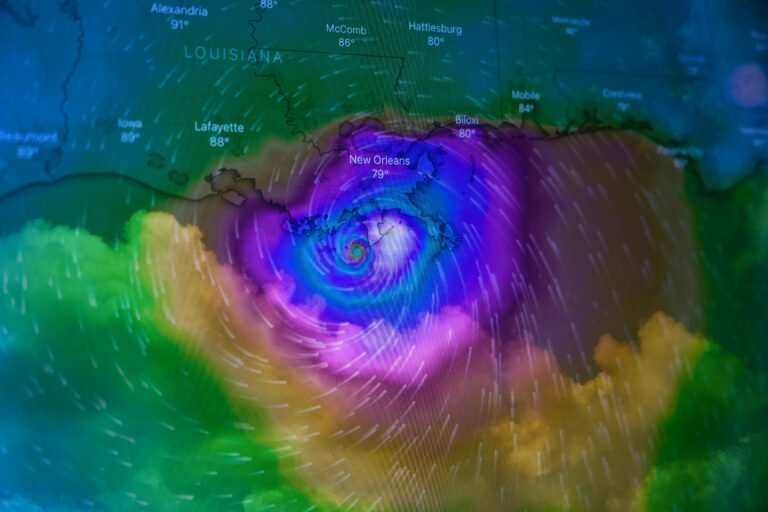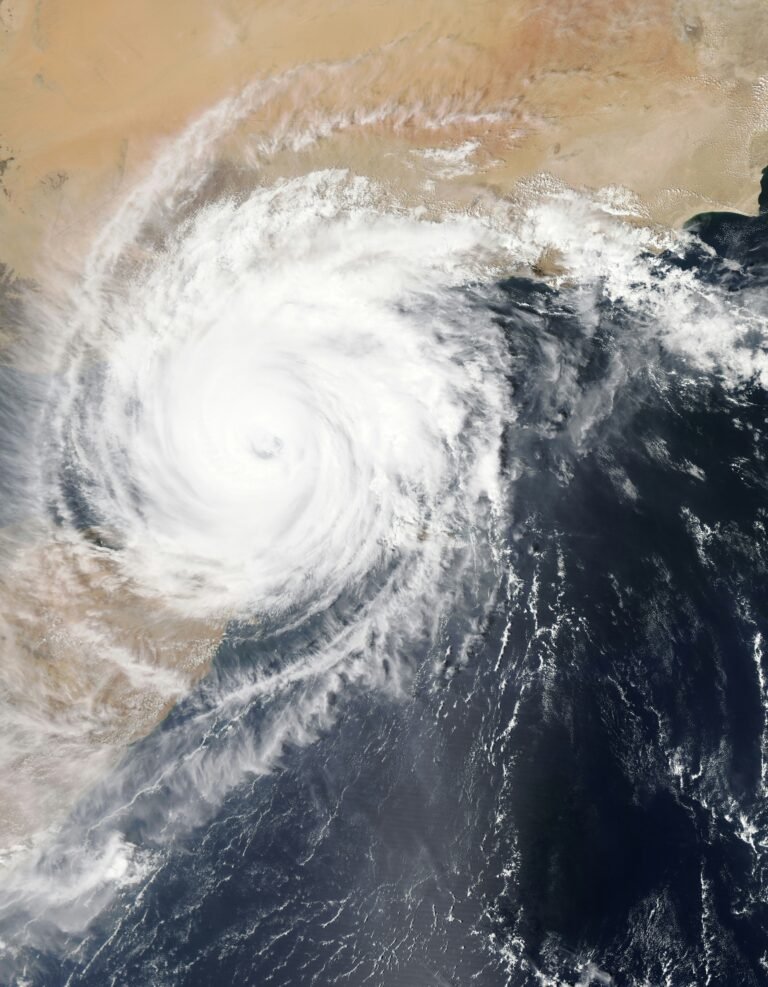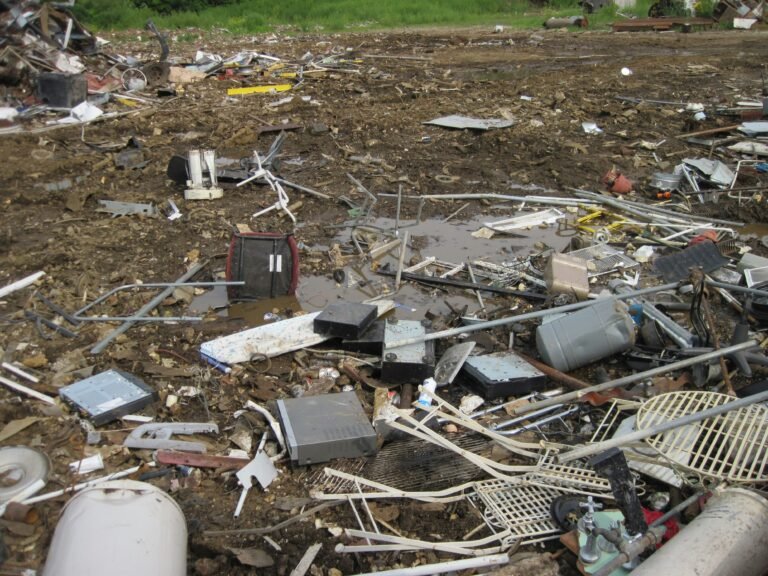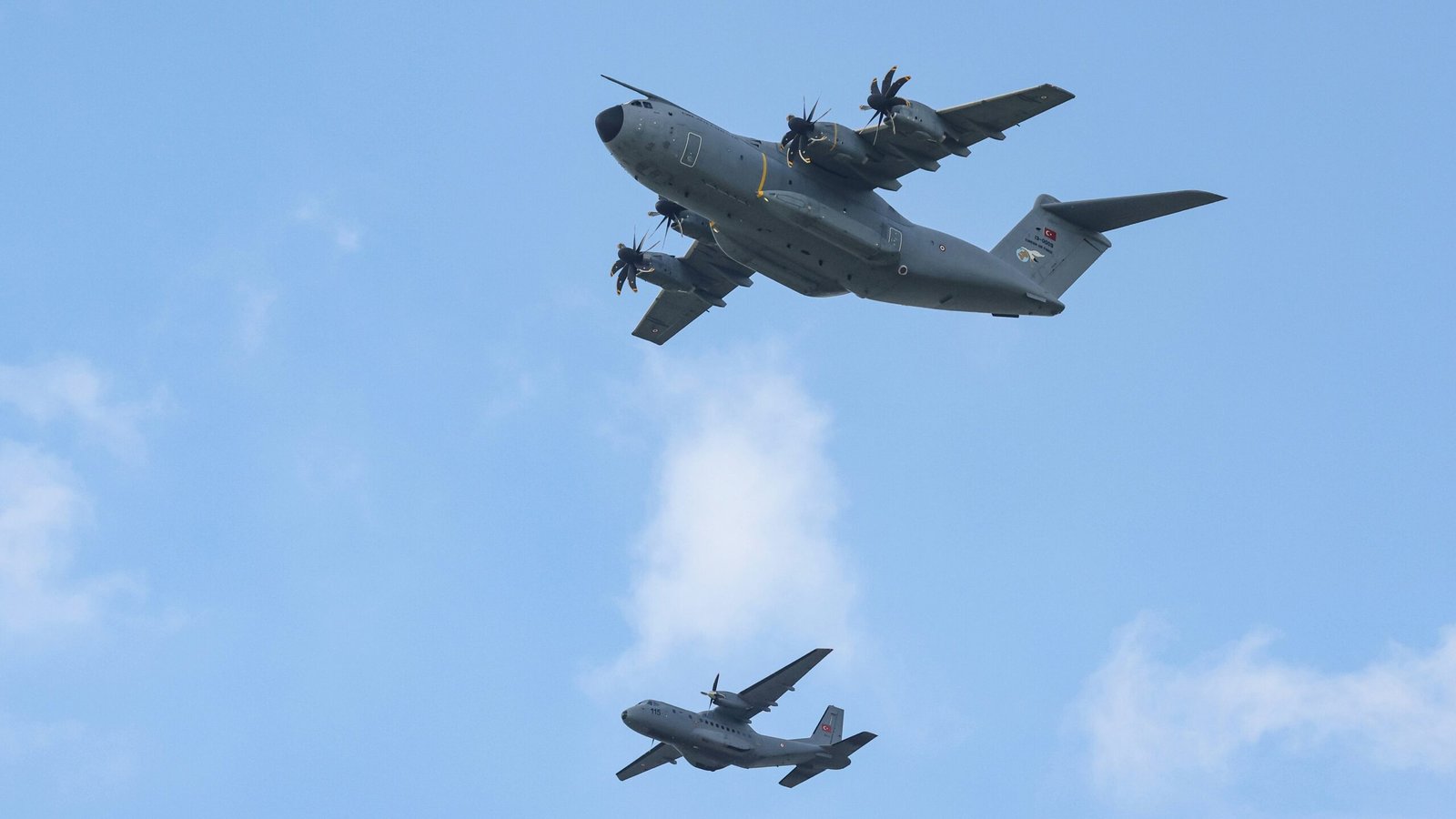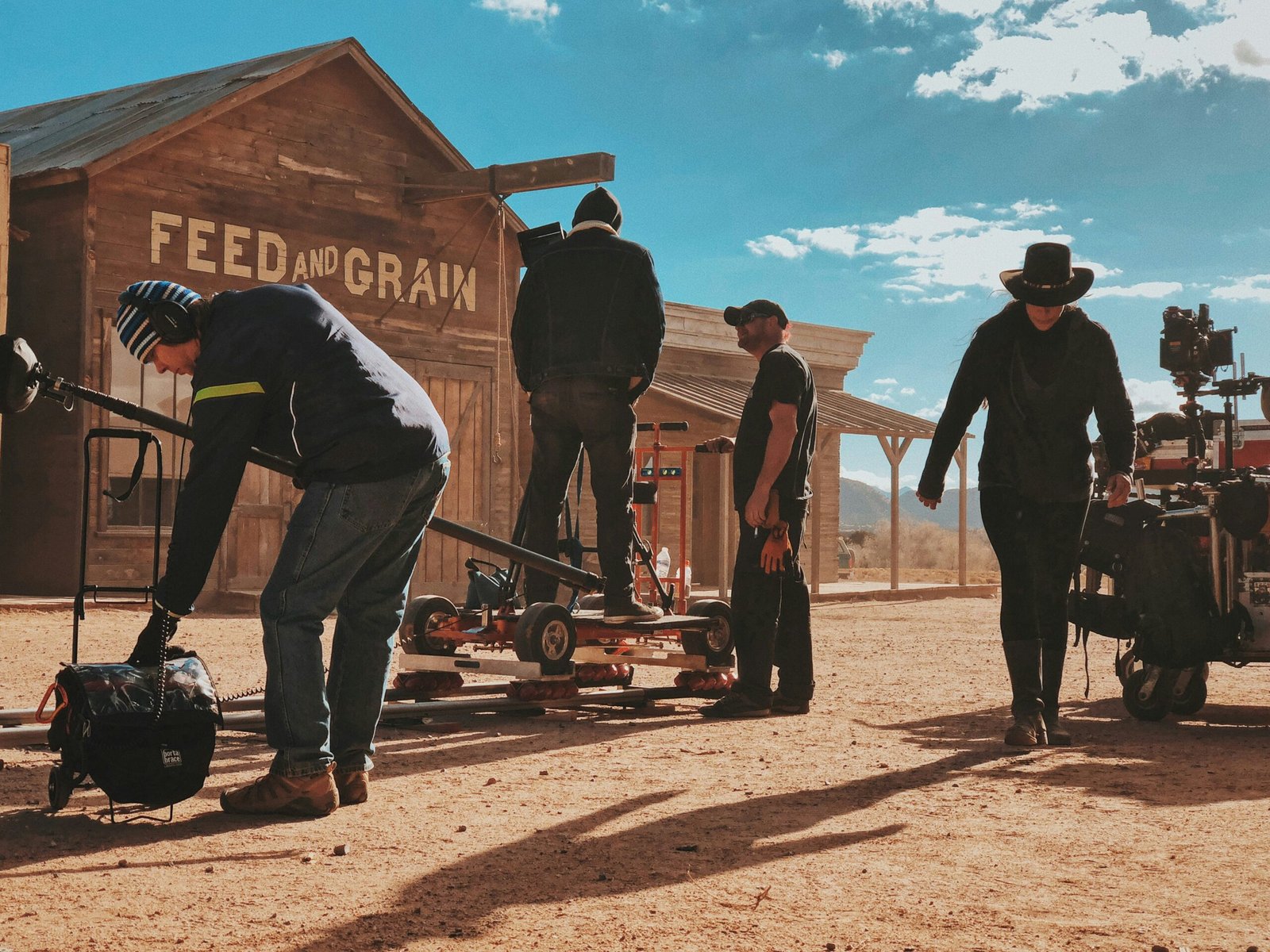Introduction to the Incident
The incident involving Bob Van Dillen, a broadcaster for Fox Weather, serves as a powerful reminder of the responsibilities that journalists bear, especially during times of severe weather. On a fateful day filled with ominous clouds and relentless winds, Van Dillen was delivering a live report on the impending hurricane that threatened the coastal community. The atmosphere was charged with tension as reports of the hurricane’s intensity began to emerge, capturing the attention of viewers concerned about their safety and preparedness.
As the winds howled and the rain lashed against the studio windows, Van Dillen provided critical updates about the storm’s trajectory and potential impacts. His authoritative tone conveyed urgency; it was a situation where every second counted regarding public awareness and response. Viewers tuned in to receive vital information that would inform their decisions, often relying on his analysis to navigate the chaos that large storms can unleash on unsuspecting communities.
Bob Van Dillen’s Background and Career
Bob Van Dillen is a seasoned meteorologist with extensive experience in weather reporting and analysis. He has made significant contributions to the field, particularly during periods of extreme weather, demonstrating a deep commitment to public safety through his forecasts and reporting. Van Dillen’s career has flourished at Fox Weather, where his expertise is highly regarded. He plays a crucial role in delivering accurate and timely weather information, which is essential for individuals and communities to prepare for inclement conditions.
With a solid educational foundation in atmospheric sciences, Bob Van Dillen has honed his skills in meteorology over the years, becoming a trusted source of information during severe weather events. His proficiency in understanding complex weather patterns and predicting their impact on various regions has positioned him as a key figure within the broadcasting community. Colleagues and viewers alike appreciate his clear communication style, which ensures that essential weather information is accessible to the general public, especially during emergency situations.
Throughout his career, Van Dillen has reported on numerous hurricanes, tornadoes, and winter storms, gaining firsthand experience that has enriched his ability to convey the gravity of these events. His proactive approach often involves collaborating with local authorities and emergency management agencies to relay critical information. This collaboration emphasizes not only his dedication to informing the public but also his commitment to ensuring their safety during chaotic weather episodes.
Bob Van Dillen’s decision to prioritize rescuing a woman during a hurricane report highlights his moral character and sense of responsibility, which extends beyond merely presenting the weather. His background, marked by professionalism and a dedication to community service, underscores the weight of his choices and the values that drive him in his impactful career in meteorology.
Details of the Rescue
On a fateful day marked by the impending arrival of Hurricane Ian, Bob Van Dillen, a dedicated meteorologist, found himself in the midst of delivering vital weather updates on live television. As he provided critical information regarding the hurricane’s trajectory, he noticed movement just outside the studio window. A woman was struggling against the fierce winds and torrential rain, clearly in distress. Recognizing the gravity of the situation, Van Dillen made an immediate decision that would alter the course of both the broadcast and potentially the woman’s life.
Within moments of spotting her, he instructed the production team to cut the live feed, prioritizing the safety of the woman over the continuation of the weather report. This decision was not made lightly, as he was fully aware of the potential risks associated with both the storm and his spontaneous action. Adapting to the urgency of the moment, Van Dillen quickly donned protective gear, mindful of the hazardous conditions posed by the hurricane. Thisdecision exemplified both his commitment to public safety and his ability to act decisively under pressure.
As Van Dillen made his way outside, the challenges became apparent. The high winds and rain posed severe physical threats, but they also complicated his ability to reach the woman swiftly. Despite these obstacles, he remained focused, navigating through debris and unstable footing. Upon reaching her, Van Dillen assessed her condition; she was in shock but physically unharmed. Drawing on his training and instincts, he assured her of her safety and escorted her back, successfully guiding her into the shelter of the studio just as the storm intensified, providing a sense of security amidst chaos. His heroic actions resonated deeply with the live audience, revealing the human side of reporting amidst natural disasters.
Community Reactions and Impact of the Incident
The courageous actions of Bob Van Dillen, who paused a hurricane report to rescue a woman in distress, resonated deeply with the public and media outlets alike. The immediate reaction on social media was overwhelmingly positive, with individuals expressing admiration for Van Dillen’s selflessness. Hashtags related to the incident quickly gained traction, illustrating how his decision to prioritize human life over broadcasting needs sparked a conversation about personal responsibility in the face of danger. Many users shared their own stories of witnessing acts of heroism, creating a sense of community and collective support for those who act altruistically during emergencies.
Community sentiments reflected a renewed appreciation for those in media roles and their moral obligations during crises. Comments on various platforms echoed the notion that reporting should not come at the expense of human life. This incident ignited discussions online about the fine line that reporters must navigate between providing essential information and maintaining ethical standards. Van Dillen’s quick thinking during a high-pressure situation served as a reminder of the moral choices that individuals face, particularly those in the public eye.
In the weeks following the incident, several media outlets revisited the event, highlighting not just Van Dillen’s actions but the broader implications regarding media responsibility during emergencies. The narrative surrounding the rescue became a catalyst for discussions about heroism, with many emphasizing the importance of compassion over mere viewership numbers. Local community organizations began planning initiatives aimed at fostering heroism and creating awareness about the need for empathy during disasters. Van Dillen’s actions have undoubtedly instigated a conversation not only about heroism but also about the values we prioritize when lives are on the line, reinforcing the idea that the essence of journalism should include serving humanity first and foremost.

